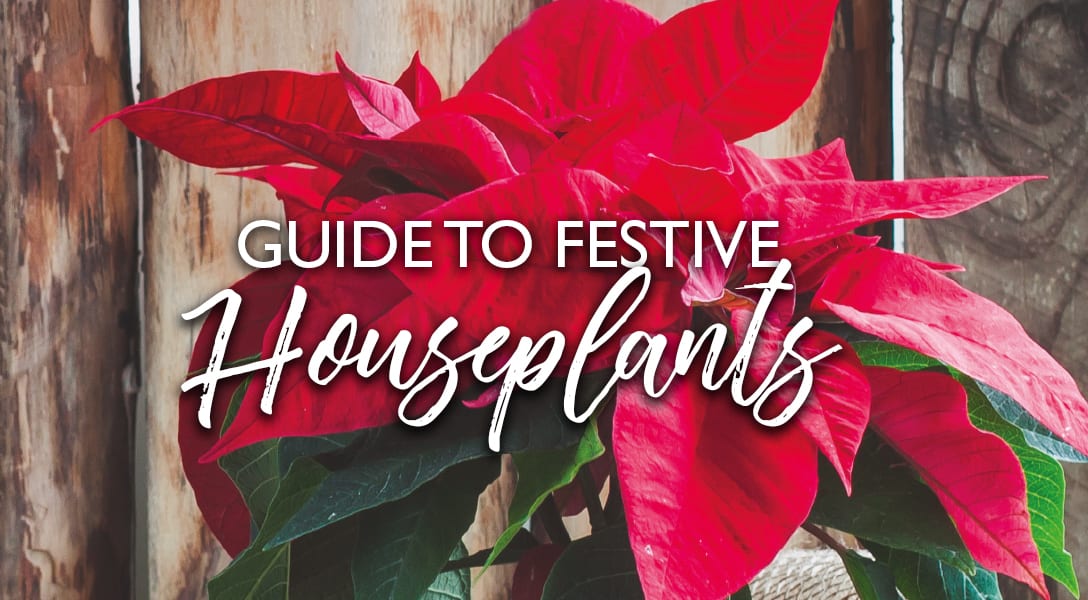Houseplants bring great energy to any space. At Christmas, the most popular choices tend to be very traditional, but houseplants can also be given a thoroughly modern twist.
If you are a serial houseplants killer, don’t be afraid! Our guide includes houseplants to suit every festive home. Just find a spot for your pot and let it uplift your soul.
Schlumbergera (Christmas Cactus)
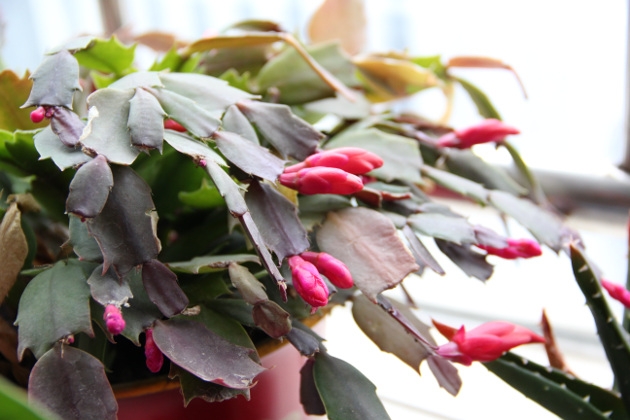
For a fabulous display or for a well-loved gift you cannot go wrong with a Schlumbergera. Originating from the coastal mountains of south-east Brazil, in its natural habitat, this plant grows attached to trees in sub-tropical woodland areas.
Low temperatures and reduced daylight hours promote flowering in these plants, which is why they typically flower in autumn-winter.
Plant care tips
Choose a snug spot and place in bright – but not direct – sunlight. Keep the growing medium moist. Avoid overwatering as this can cause root deterioration.
Christmas Cactis are great to grow on after they finish flowering in winter. Move the plant into a cool room and only water very sparingly. At the end of March, it can be re-potted in preparation for its growing season from April to September. Start feeding with liquid houseplant feed and move into a warm, light position. In the summer months, it can be placed outside. From mid-September, when temperatures begin to fall, flower buds will start to develop. At this point, the plant can be brought back inside the house to enjoy for another season.
Cyclamen
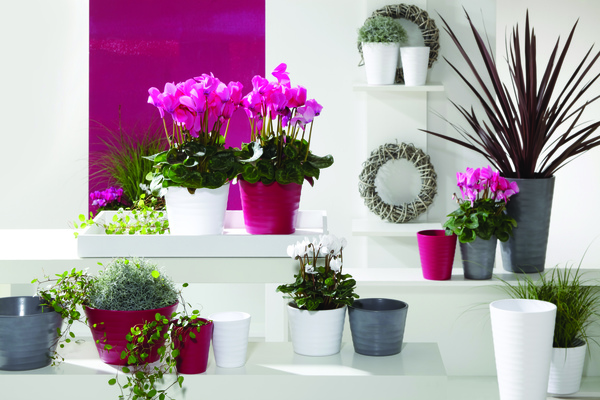
Indoor cyclamen are bright and cheerful winter friends. Growers have developed many hybrids for us to enjoy in a range of shades and shapes, from ruffled petals to heart-shaped leaves.
Plant care tips
Cyclamen are easy to grow with a little care and will flower for six to eight weeks. They are happy in cooler rooms but avoid leaving behind curtains on frosty nights. Keep moist and deadhead regularly by twisting the stem with a tug.
Azaleas
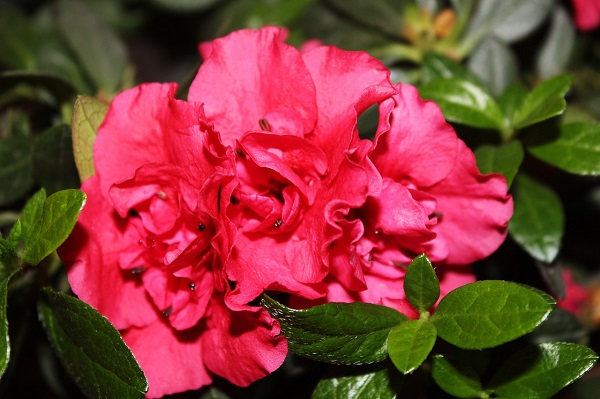
Azaleas are a real joy. They bring a burst of colour into our homes during the winter months. For many years, Azalea indica (Rhododendron simsii) was imported from Europe and was almost always pink. Now we have a feast of colours, from every shade of pink to deepest burgundy and a modern, botanical, purest white.
Plant care tips
When buying your Azalea, look for a plant with plenty of healthy fat buds, showing a touch of colour and with some flowers already out. Position in a cool room with good winter light but not in direct sunlight. Keep well watered, don’t allow to dry out. Remove faded flowers regularly for weeks of beautiful blooms.
Orchids
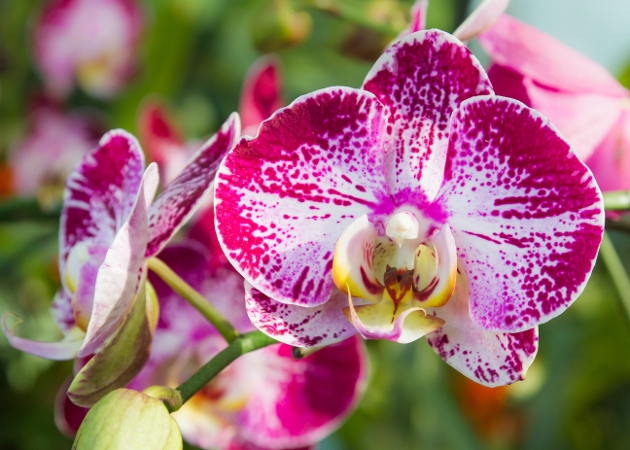 Image: Phalaenopsis
Image: Phalaenopsis
Orchids are one of the most popular houseplants given at Christmas. A wide variety are available, but two highly recommended varieties are Phalaenopsis (Moth Orchid) and Cymbidiums (Boat Orchids). Phalaenopsis is always the most chosen of orchids – it is a classically beautiful variety and the perfect choice for centrally-heated homes. Cymbidiums are also at their best this time of year. Native to the Himalayas, they do well with cooler night temperatures.
Plant care tips
Buy strong, well-established plants. Place with access to sunlight and make sure the compost remains moist and you may enjoy several months of flowers. We recommend an orchid specific drip feed, such as Baby Bio, to ensure your orchid gets the nutrients it needs.
For detailed information on orchid varieties, read our orchid plant profile.
Poinsettias

No Christmas houseplant guide is complete without mention of Poinsettias (Euphorbia pulcherrina), one of the most popular plants of the season. With their distinctive, brightly-coloured bracts they add a festive feel to your home and make an ideal gift.
For the majority of the year, Poinsettias are green but if put in a cycle of 12 hours of darkness followed by daylight for around a week it promotes the new bracts to start changing colour. This is why bracts create their colour in autumn-winter, due to the increased hours of darkness and shortened days.
Plant care tips
Cold conditions and draughts damage the foliage on these plants so be careful where you position them in your home. The temperature should be at least 13-15°C. A position on a sunny windowsill, free from draught, in a warm room is ideal.
Visit your nearest Hillier Garden Centre to view our range of houseplants. Availability may vary by centre.


